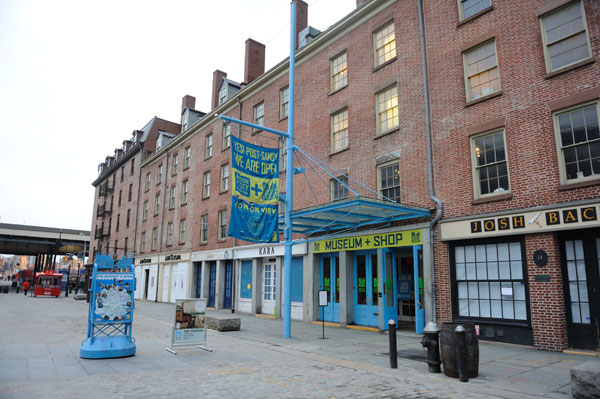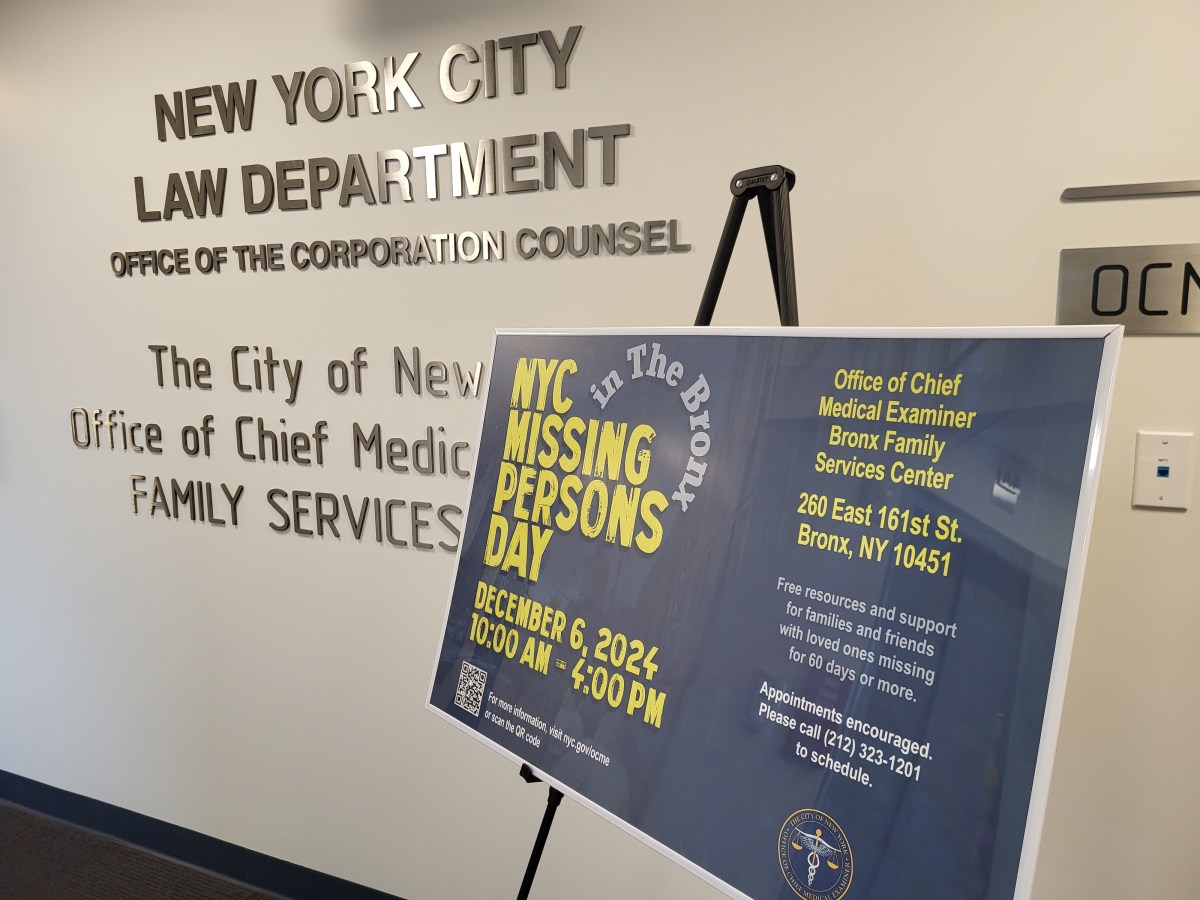
BY TERESE LOEB KREUZER | The South Street Seaport Museum posted a notice on its website on Friday, April 5 that the galleries at 12 Fulton St. would be closing Sunday, April 7 because of Superstorm Sandy-related damage.
The website invites visitors to go to Bowne Printers, its 19th-century print shop, at 209 Water St. Bowne is open daily from 11 a.m. to 7 p.m.
“Please consider donating to our relief effort,” the website implores. “Every little bit helps!”
Sandy wiped out all of the building systems on Schermerhorn Row, where the majority of the South Street Seaport Museum’s galleries are located. It destroyed the elevator, the escalators and the heating and cooling systems. The collections themselves were on upper floors of the 12 Fulton St. building and were spared. Antique type and letterpresses at Bowne & Co. were inundated, however, and were only salvaged by the quick work of volunteers both at the time and afterward, when they spent days meticulously cleaning the type.
In testimony before City Council’s Committee on Cultural Affairs on Feb. 28, Jerry Gallagher, general manager of the South Street Seaport Museum said the museum reopened in mid-December with temporary power from a generator borrowed from the Port Authority and kerosene-fueled heaters. With no working elevator or escalators, visitors had to climb two flights of stairs to see the exhibits on the third and fourth floors.
“We developed plans to make temporary repairs to the building systems, and with the money that had been raised via the Sandy Relief Fund — including an anonymous gift of $500,000 — we thought that we could keep the museum open in advance of a permanent solution, which the New York City Economic Development Corporation told us must come from the Federal Emergency Management Agency,” Gallagher said in his testimony.
“Then we met with FEMA. First, we were nicely told that we were a non-essential non-profit, which dropped us to the bottom of lots of their lists. We were told that those temporary repairs we contemplated would preclude future reimbursements for a full reinstallation of the systems, either in the basements or at some higher level. Further, they told us that any FEMA funding would take years to receive.”
Gallagher said that the collections could not withstand the heat and humidity of summer if they were not in a climate-controlled environment.
In an email on April 5, Susan Henshaw Jones, director of the Museum of the City of New York and president of the South Street Seaport Museum, said that the museum is not closing permanently.
“We are just closing the galleries at 12 Fulton Street, and re-focusing our energies on Water Street,” she said. Jones also said that plans were advancing to return the barque Peking to Hamburg, where the ship was built in 1911. The ship requires millions of dollars worth of repairs and there is no longer any room for it on Pier 16, the only pier currently under the South Street Seaport Museum’s jurisdiction.
The museum’s other ships are the lightship Ambrose, the tugboat W.O. Decker, the schooner Pioneer, the sailing ship Wavertree, and the Lettie G. Howard, a fishing schooner.
The Museum of the City of New York had an 18-month contract to take over the management of the floundering South Street Seaport Museum. Much progress was being made in restoring it to financial and curatorial health when Sandy struck.
The contract was due to expire on April 5. Jones did not comment on whether the relationship would continue.



































